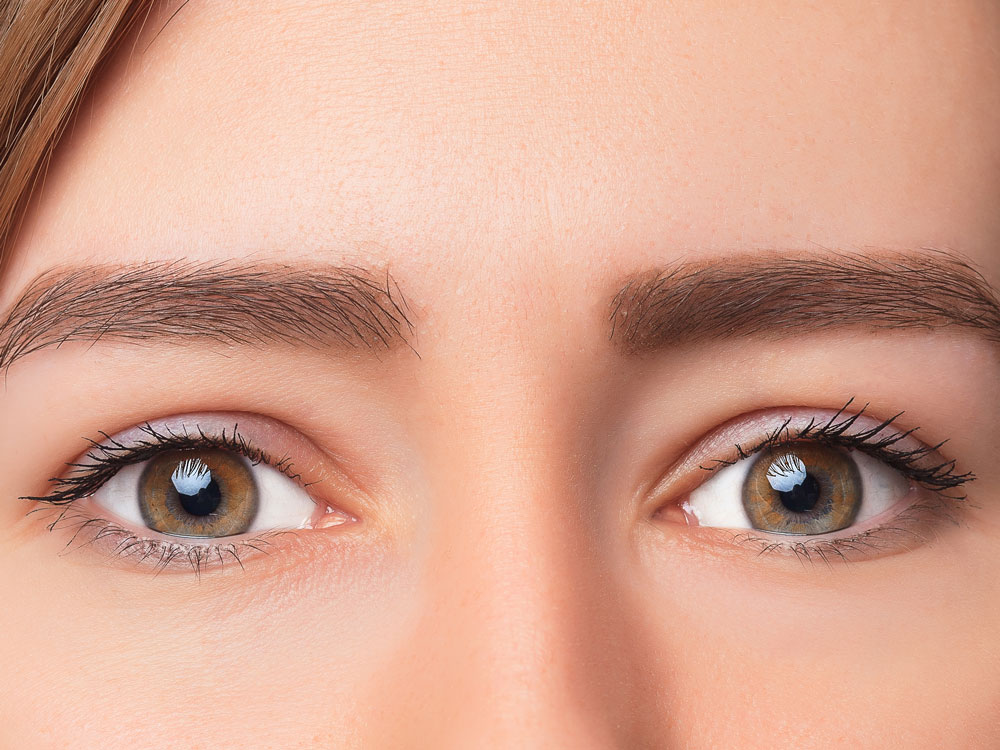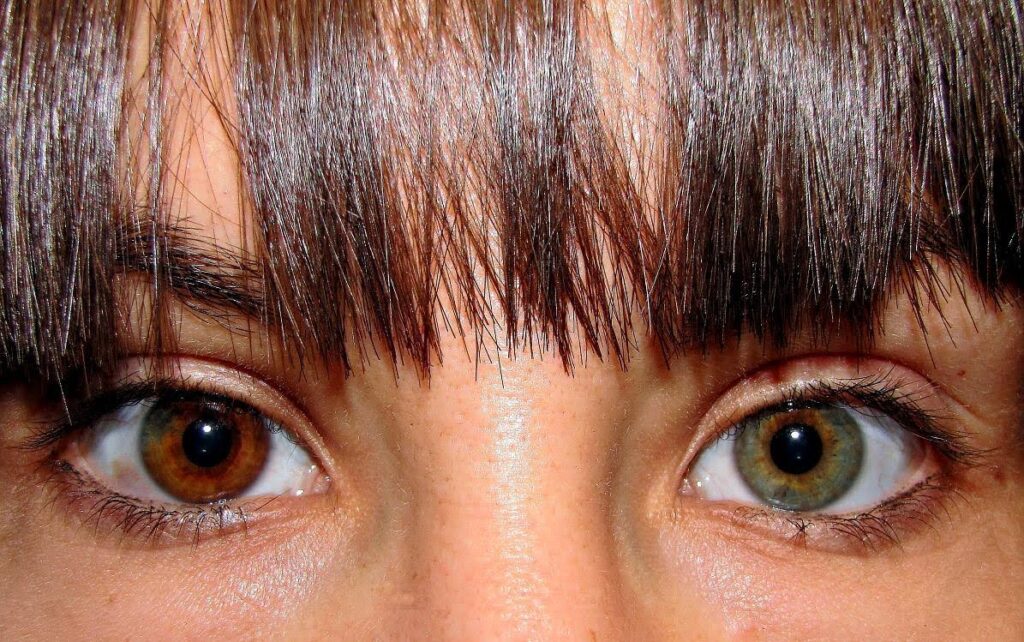
What is eye color
Across the globe, people are born and live with a variety of eye colors, such as black, brown, gray, green, and blue.
Scientists have conducted various research on human physical characteristics throughout history. Among them, research on eye color has long been a topic of interest among researchers.
These studies have shown that brown is the predominant eye color in humans. This means that blue and green colors are not dominant in the human eye.
- With the advancements in science and the expansion of research in this area, scientists have reached another interesting point: eye color may change during the early years of life.
- In other words, while a baby may be born with light eye color, it may become darker over time. This color change occurs due to the presence of a substance called melanin in the eye’s iris.
- Melanin is the same pigment that contributes to the darker color of the skin. The iris is the colored part of human eyes, and the pigments on the iris decide what color our eyes will have.
Researchs Found
Scientists have found that three types of genes are responsible for human eye color. Interestingly, only two of them have been discovered so far
These two genes give rise to the primary eye colors (brown, green, and blue). However, the third gene, which has yet to be identified, produces intermediate colors (such as gray and hazel) in combination with the other two genes.
Research on eye color has revealed other compelling facts, some of which are presented below:
- The genes a child inherits from both parents are why their eyes are black, brown, blue, gray, green, hazel, or a combination of these colors.
- How genes are combined to produce a human’s eye color is not predictable before birth.
- If the parents have brown eyes, their child is most likely to have brown eyes, although the child’s eye color may be totally different from that of their parents.
- More interestingly, sometimes, children are born with two eyes of different colors. This condition is known as heterochromia, and various reasons cause it.


Heterochromia or eyes with different colors
In heterochromia, the iris color in one eye may be completely different from that of the other. For instance, one eye may be brown, and the other may be blue. Sometimes, the iris may contain two or multiple different colors.
For example, a brown eye may have a blue segment as well. Most people with heterochromia are otherwise healthy, and their having different-colored eyes is a harmless trait.
However, some medical conditions can trigger heterochromia. Therefore, if you notice this symptom in yourself or your child, you should consult an eye doctor. The ophthalmologist may diagnose and treat the underlying cause or reassure you that everything is fine and there is no need to worry.
